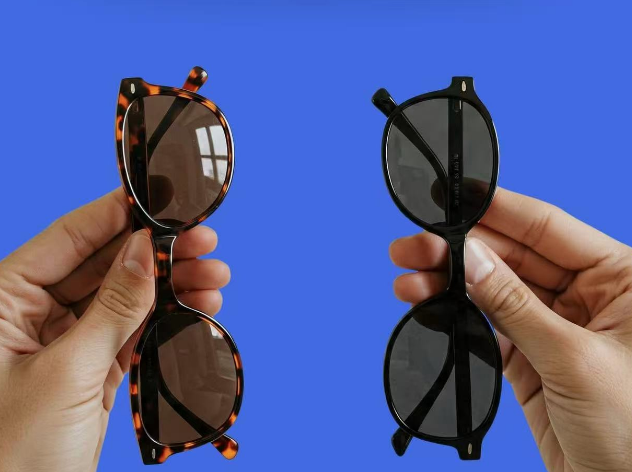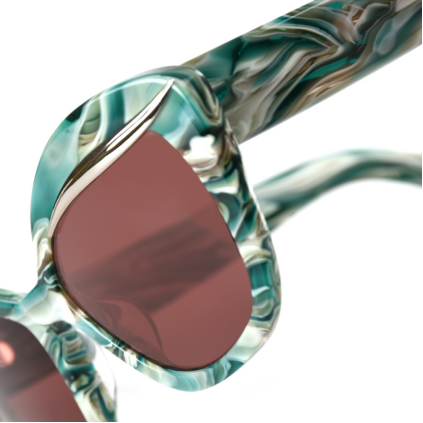Sunglasses are more than just a fashion accessory—they’re a tool for protecting your eyes and enhancing your visual experience. While frame style often steals the spotlight, lens color plays a critical role in determining how well your sunglasses perform in different environments. From reducing glare to boosting contrast or simply making a bold style statement, the right lens tint can elevate both your comfort and confidence. In this guide, we’ll break down the science, function, and fashion behind lens colors to help you make an informed choice.
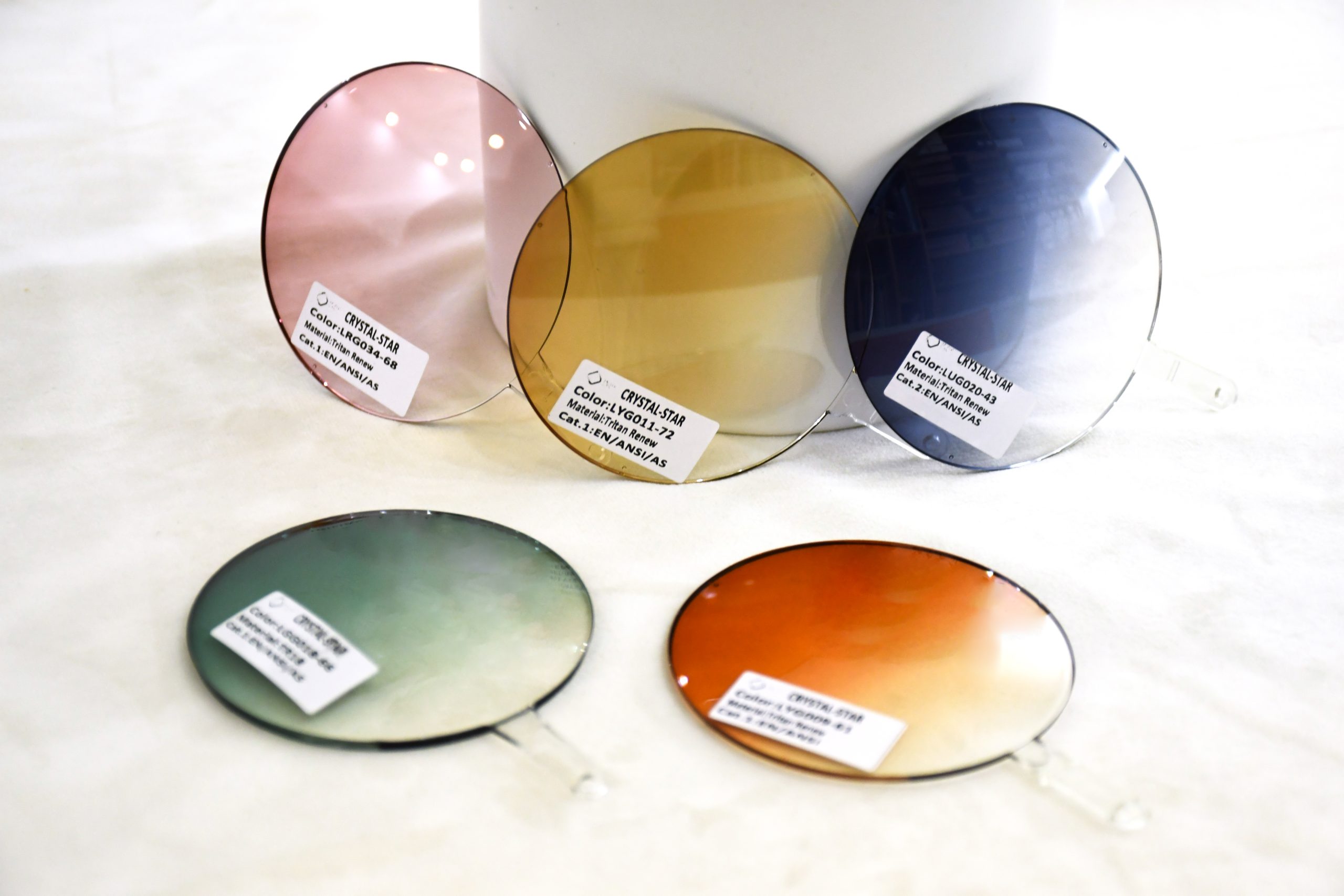
Why Lens Color Matters: It’s Not Just About Darkness
Many people assume that darker lenses automatically offer better protection, but this isn’t always true. Lens color affects how light is filtered, which wavelengths are blocked, and how your eyes perceive colors. For example, a deep black lens might reduce brightness but distort color accuracy, while a lighter amber tint could enhance contrast in low-light conditions. The key is to match the lens color to your lifestyle—whether you’re driving, hiking, hitting the beach, or simply strolling through the city.
The Go-To Colors: Versatility Meets Performance
1. Gray Lenses: The Neutral Powerhouse
Gray lenses are the gold standard for everyday wear. By evenly absorbing all wavelengths of light, they maintain true color perception while reducing overall brightness. This makes them ideal for:
Urban environments: Perfect for commuting, shopping, or casual outdoor activities.
Driving: They won’t distort traffic light colors or road signs.
High-altitude adventures: Skiing or mountain hiking, where balanced light reduction is crucial.
Pro Tip: Pair gray lenses with polarized coatings to eliminate glare from water, snow, or roads.
2. Green Lenses: Clarity and Comfort
Green lenses strike a balance between gray’s neutrality and contrast enhancement. They filter some blue light (which contributes to glare) while offering sharper visual acuity. Ideal for:
Outdoor sports: Golfers love green lenses because they highlight grass contours.
Cycling or running: Enhanced depth perception helps navigate uneven terrain.
Beach days: They reduce glare from sand and water without oversaturating colors.
Bonus: Green lenses are gentler on the eyes during prolonged wear, making them a favorite for all-day comfort.
Contrast Boosters: Colors for Active Lifestyles
3. Brown/Amber Lenses: The Contrast Kings
Brown and amber lenses block blue light, which scatters easily and causes haze. This filtering enhances contrast, making them a top choice for:
Variable light conditions: Think forest trails or partly cloudy days.
Water sports: Anglers rely on amber lenses to spot fish beneath the water’s surface.
Winter sports: They sharpen details in flat light, helping skiers identify icy patches.
Trade-off: These lenses warm up your view (e.g., greens appear richer, blues look deeper), which can subtly alter color accuracy.
4. Yellow Lenses: Low-Light Specialists
Bright yellow lenses excel in fog, dusk, or overcast weather by amplifying contrast and blocking blue light. However, their limitations include:
Avoiding daytime use: They can distort traffic signals and aren’t dark enough for bright sun.
Best for: Night driving (non-glare headlights), shooting ranges, or cycling in misty conditions.
Fashion-Forward Picks: Where Style Takes Center Stage
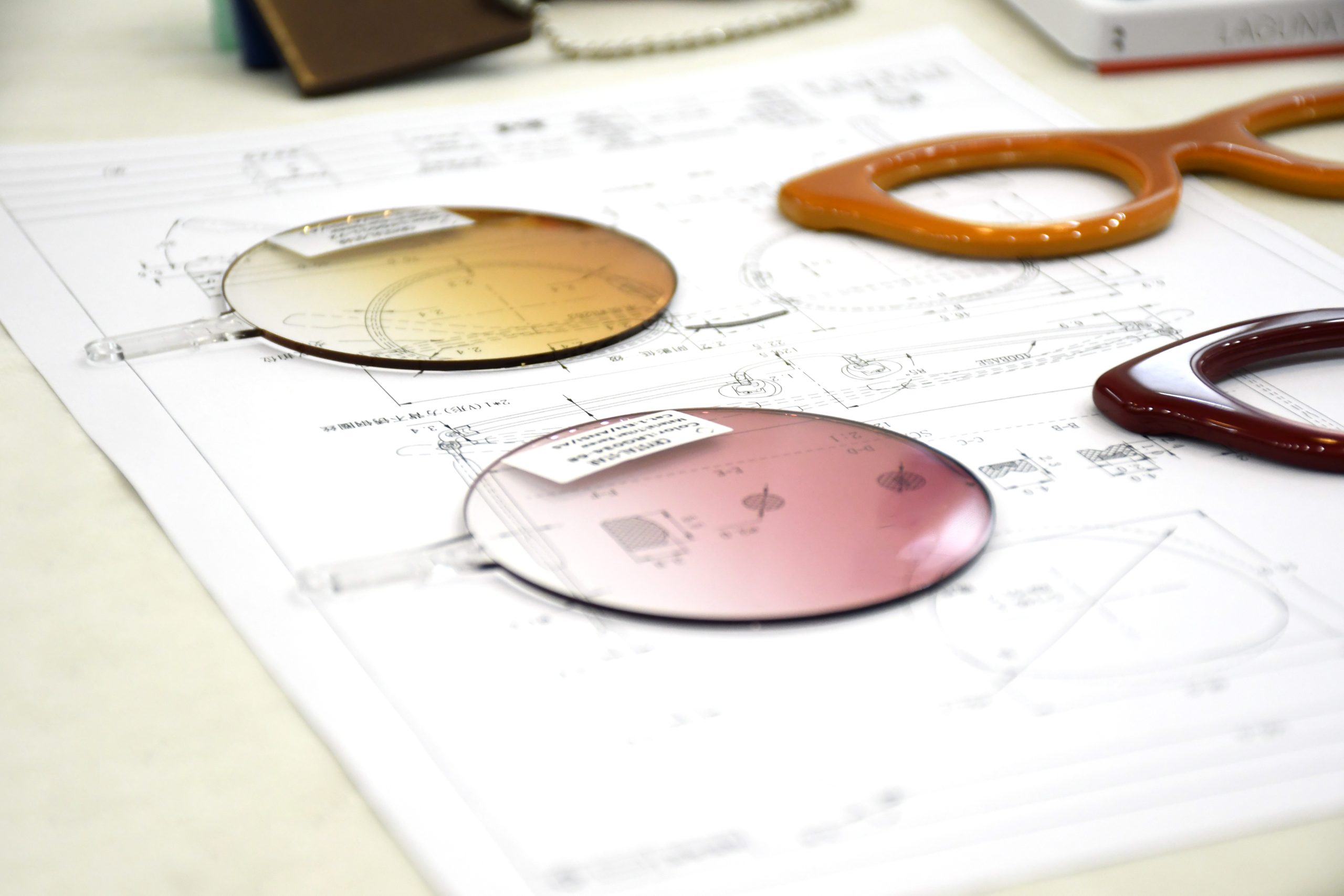
5. Pink/Purple Lenses: Bold and Playful
Pink and purple lenses prioritize aesthetics over function. They add a trendy flair to outfits but offer minimal protection from glare or UV rays. Use them for:
Fashion statements: Pair with neutral-toned frames for a pop of color.
Indoor/cloudy days: Their light tint works well as a style accessory.
Fun Fact: Light rose tints are sometimes used in gaming glasses to reduce eye strain from screens.
High-Intensity Solutions: Mirror Coatings
Mirror-coated lenses (silver, blue, or rainbow finishes) reflect incoming light like a mirror, making them ideal for extreme glare environments:
Snowboarding or alpine hiking: The reflective surface blocks intense UV rays.
Beach or desert trips: Reduce sand and water glare.
Bonus: They add a futuristic, sporty look to your frames.
Note: Mirror coatings don’t affect the base lens color’s function—pair them with gray or green tints for dual benefits.
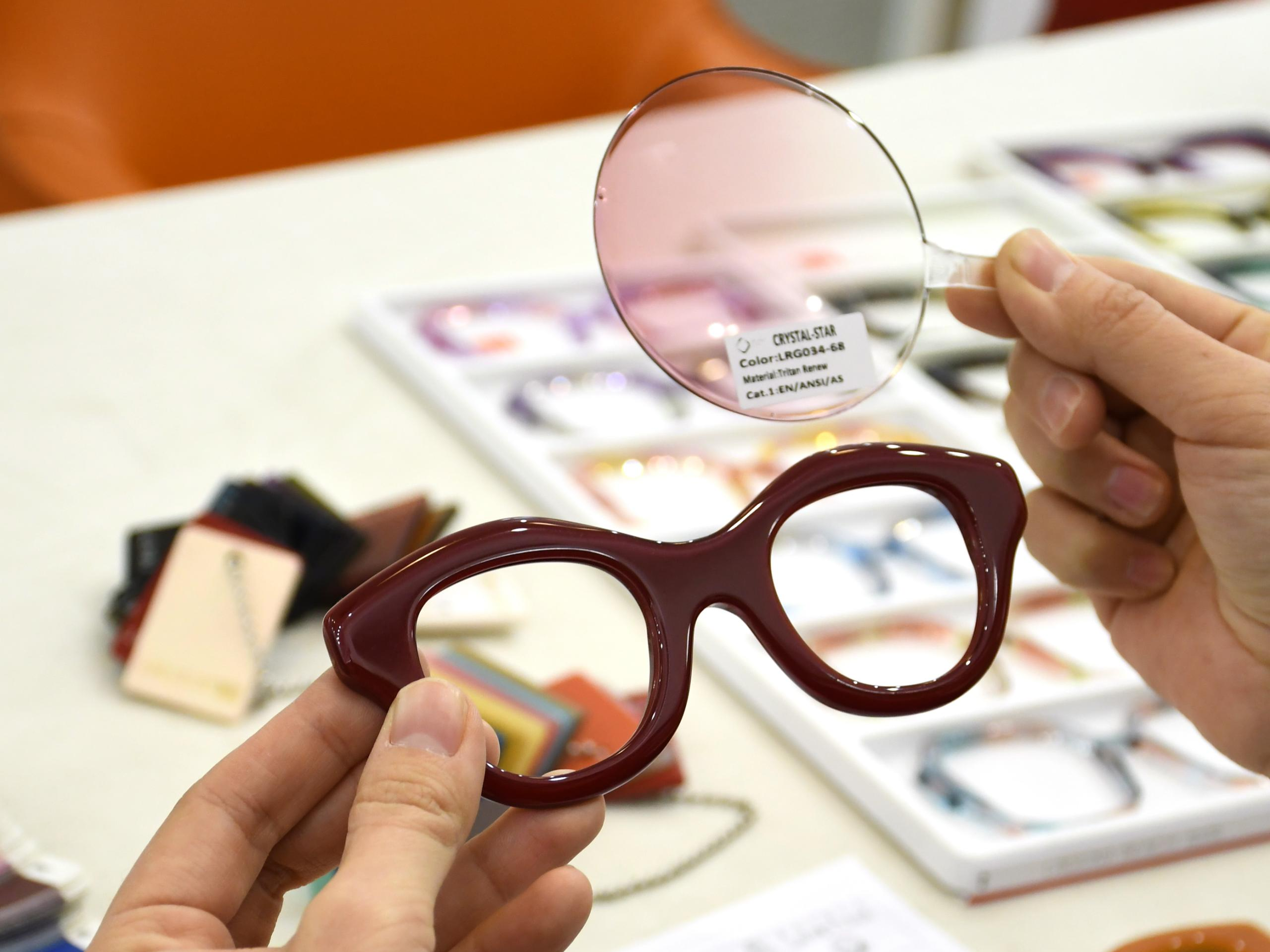
Choosing Based on Your Lifestyle
Daily Urban Use: Gray or green lenses (polarized).
Outdoor Sports: Amber for contrast, mirrored green for golf.
Water Activities: Brown polarized lenses.
Night/Fog Driving: Yellow lenses (non-polarized).
Fashion Focus: Experiment with gradients, pink, or flash mirrors.
The Future of Lens Tech: Beyond Color
Modern advancements are pushing boundaries with:
Photochromic lenses: Automatically adjust tint based on UV exposure.
Blue-light filtering: Built into clear optical lenses for screen users.
Eco-friendly materials: Recyclable bio-acetate frames paired with sustainable lens coatings.
Final Thoughts: Balance Function and Flair
Your lens color should align with your activities, environment, and personal style. While gray and green are fail-safe choices, don’t shy away from bold tints like mirrored amber or gradient purple for seasonal collections. Remember, the best sunglasses aren’t just dark—they’re smartly tailored to your vision of the world.


